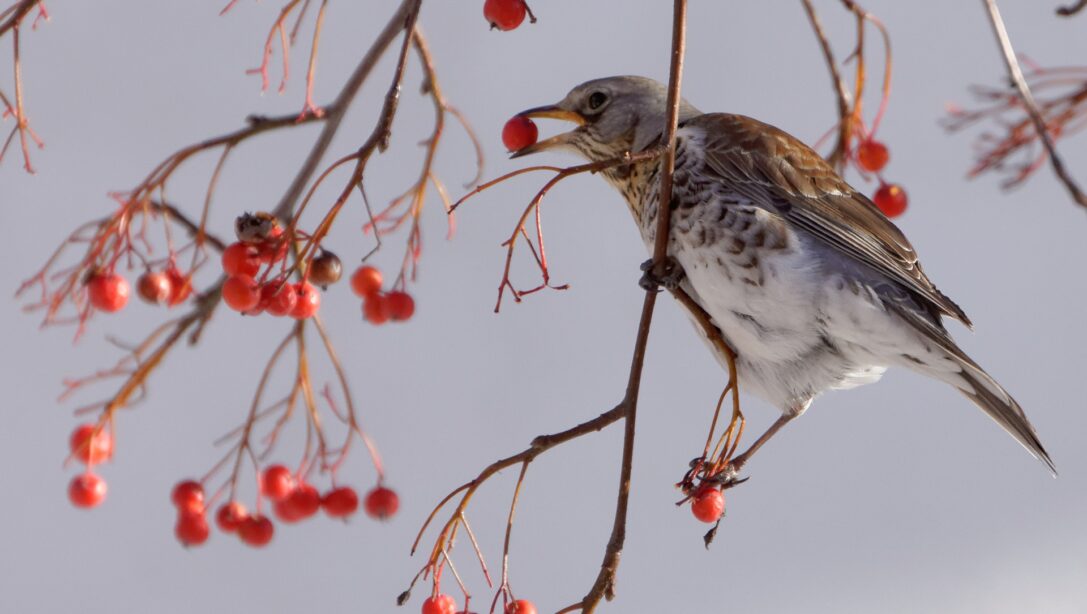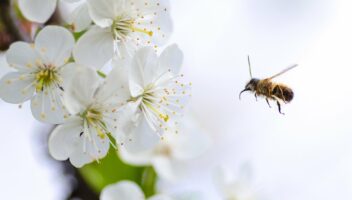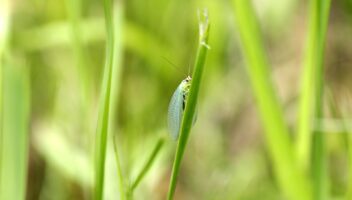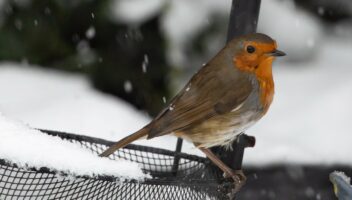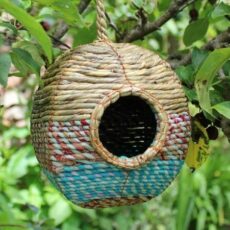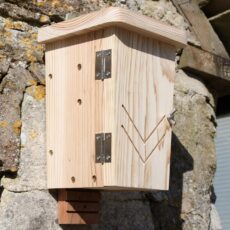The last of the winter months is here and for many animals, life continues to be tough. They will either be in the middle of their winter slumber, hoping their fat reserves will allow them to survive, or be searching for food in tough conditions.
Our guide to garden wildlife in February has been created in collaboration with the experts at Wildlife World. Find out what different animal species are doing this month and how you can help them in your garden.
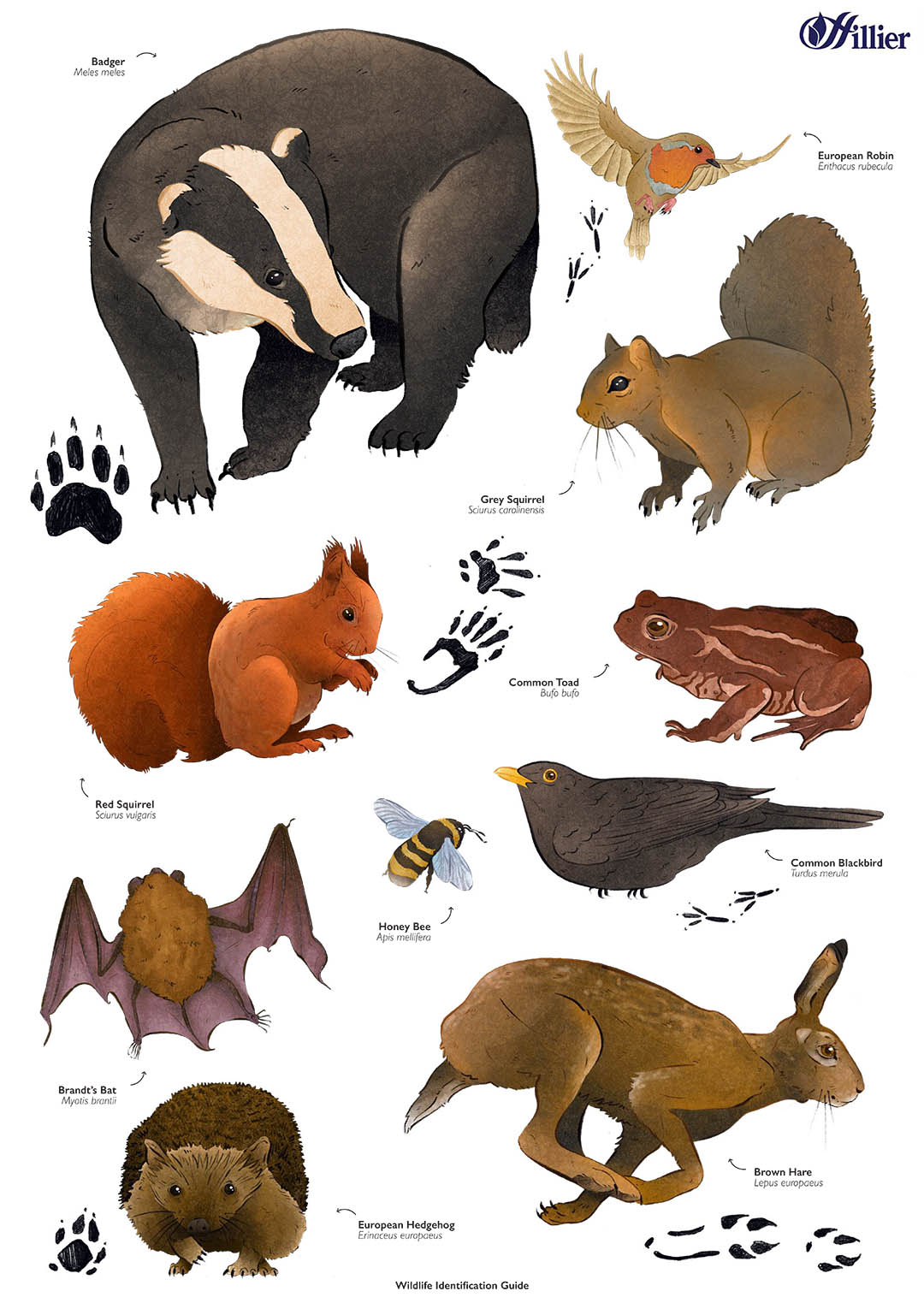
Your February Wildlife
Bees
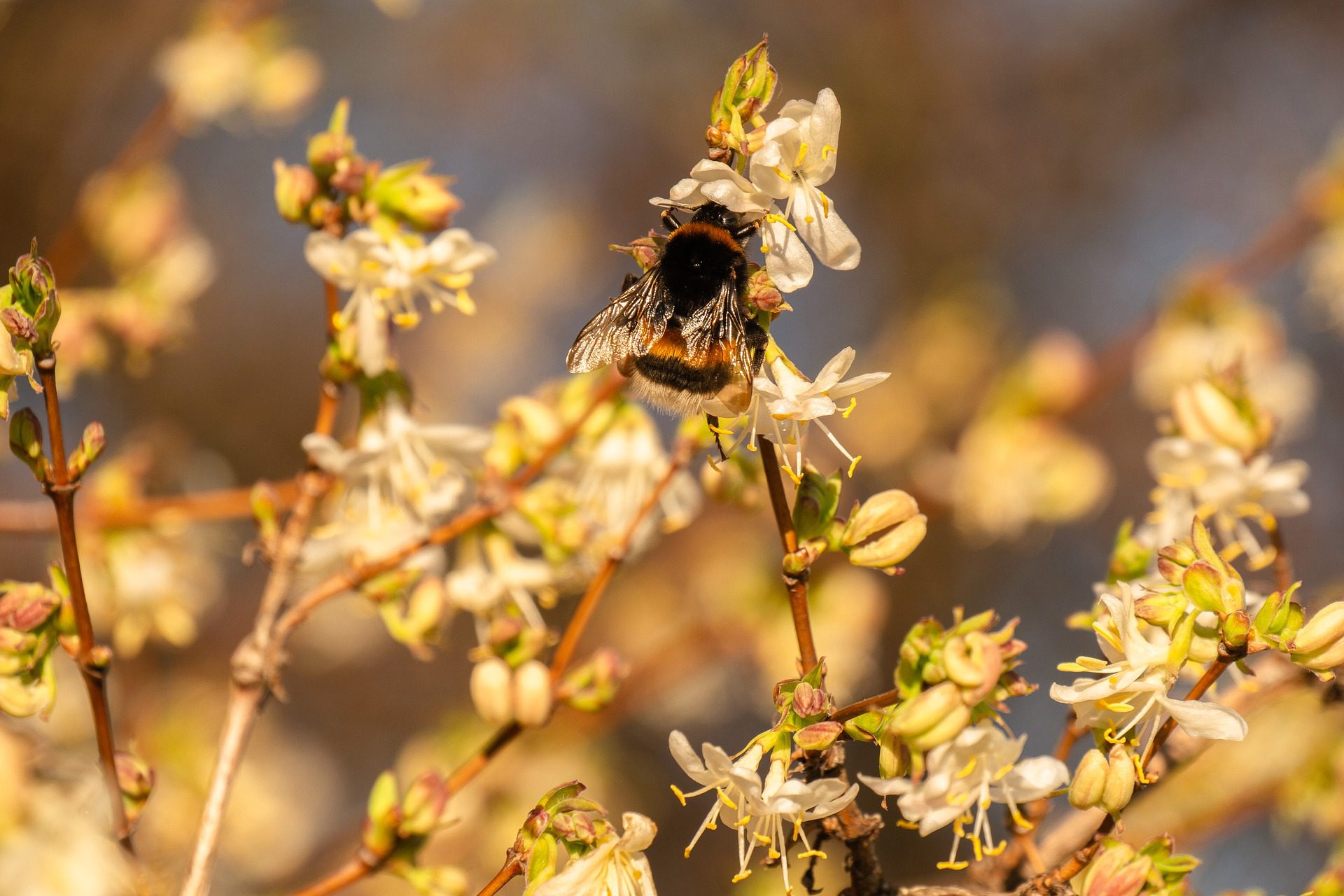
Most bee species will still be overwintering in February. If the weather is mild, you may have an early sighting of a queen bumblebee emerging, on the hunt for nectar.
How you can help
- Have plants in your garden that offer winter/early spring nectar – e.g. mahonia, ivy, willow, hellebores, crocuses and snowdrops
Read more: The Best Plants For Bees
Birds
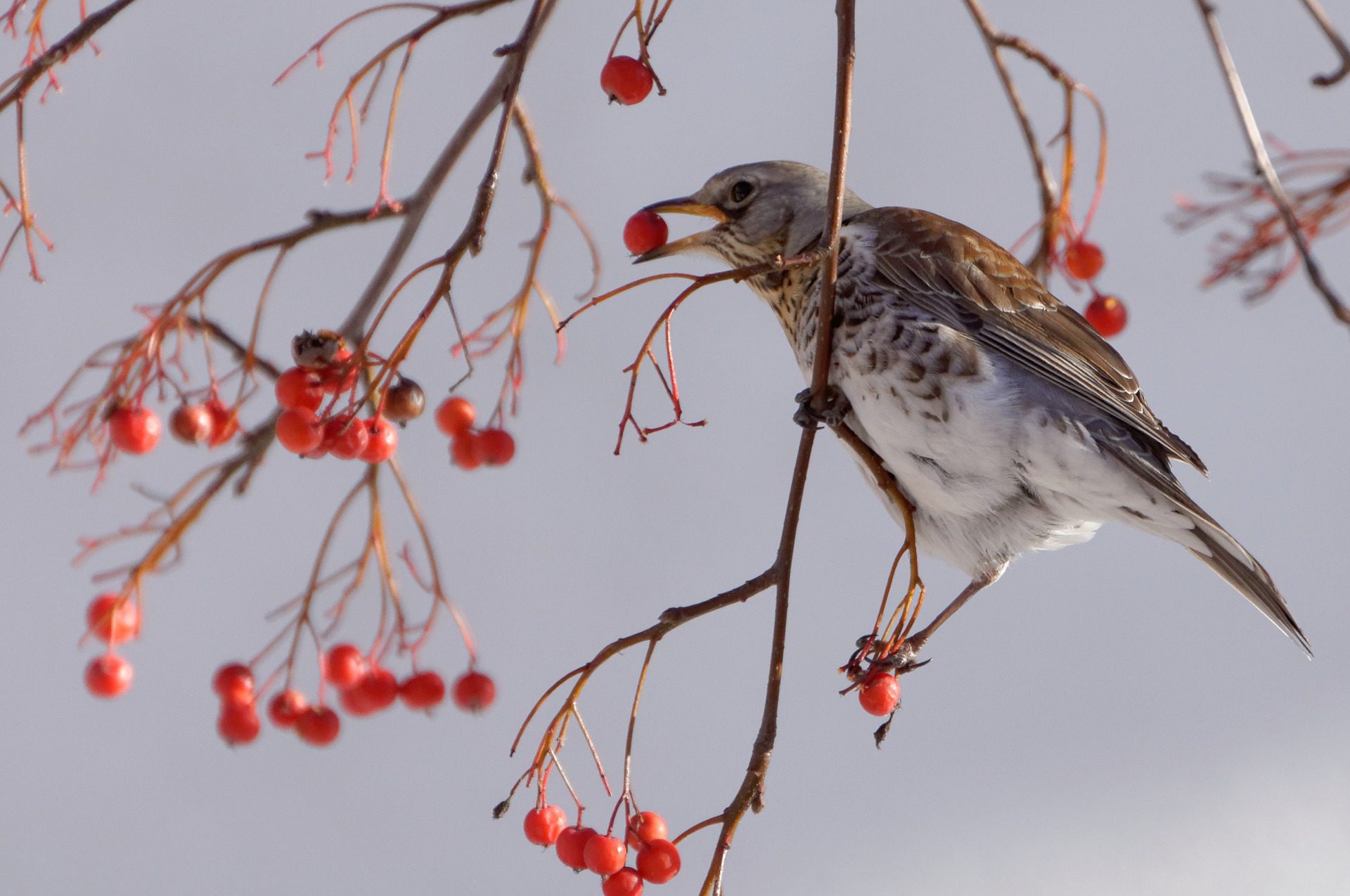
February is arguably the most important month of the year to feed the wild birds in our gardens. Natural food reserves have usually been depleted by now. Winter migrants to the UK will still be here along with our native species – birds you may spot include robins, chaffinches, dunnocks, long-tailed tits and fieldfares.
How you can help
- Offer bird food with high fat content to give extra energy when food is hard to come by. Suet treats are ideal
- On freezing days, break the ice on bird baths and water bowls. Refresh the water supply daily
- With spring around the corner, put up a nest box or two if you don’t have them already. National Nestbox Week, which runs from 14th February, highlights the importance of nest boxes in gardens
Read more: Caring for Garden Birds All Year Round / Putting Up a Nest Box
Frogs and Toads
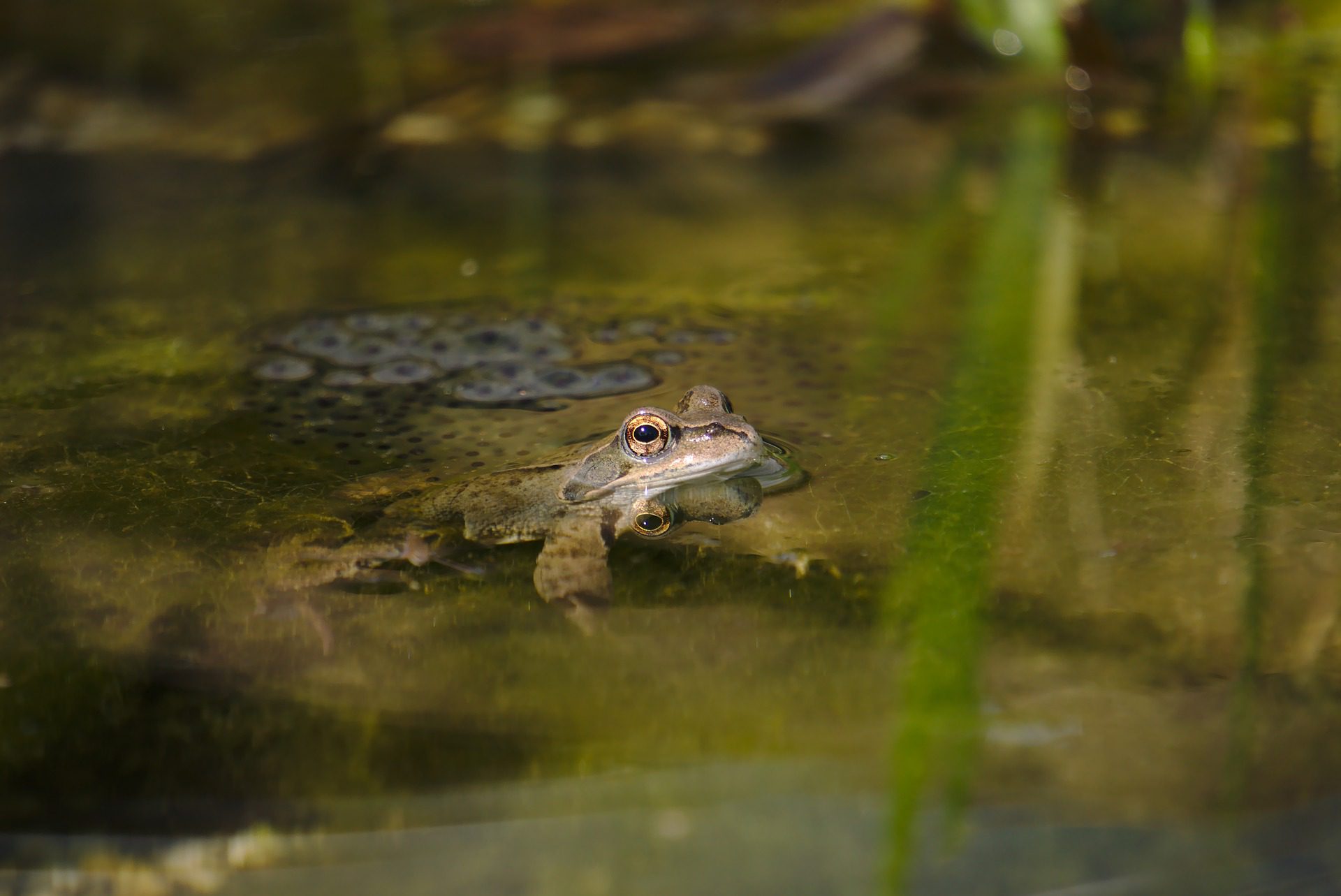
Frogs often emerge from their hibernation in late February and will be quick to colonise any available ponds. They are ready to mate as soon as they appear – you may even get the first frog spawn at the end of February. If the weather is very mild, you may see toads emerge from hibernation this month too, although they are more likely to be seen in march.
How you can help
- Wildlife ponds in the garden are a fantastic way to support a wide variety of creatures, including frogs and toads
Read more: Gardening for Wildlife with Kate Bradbury
Hares
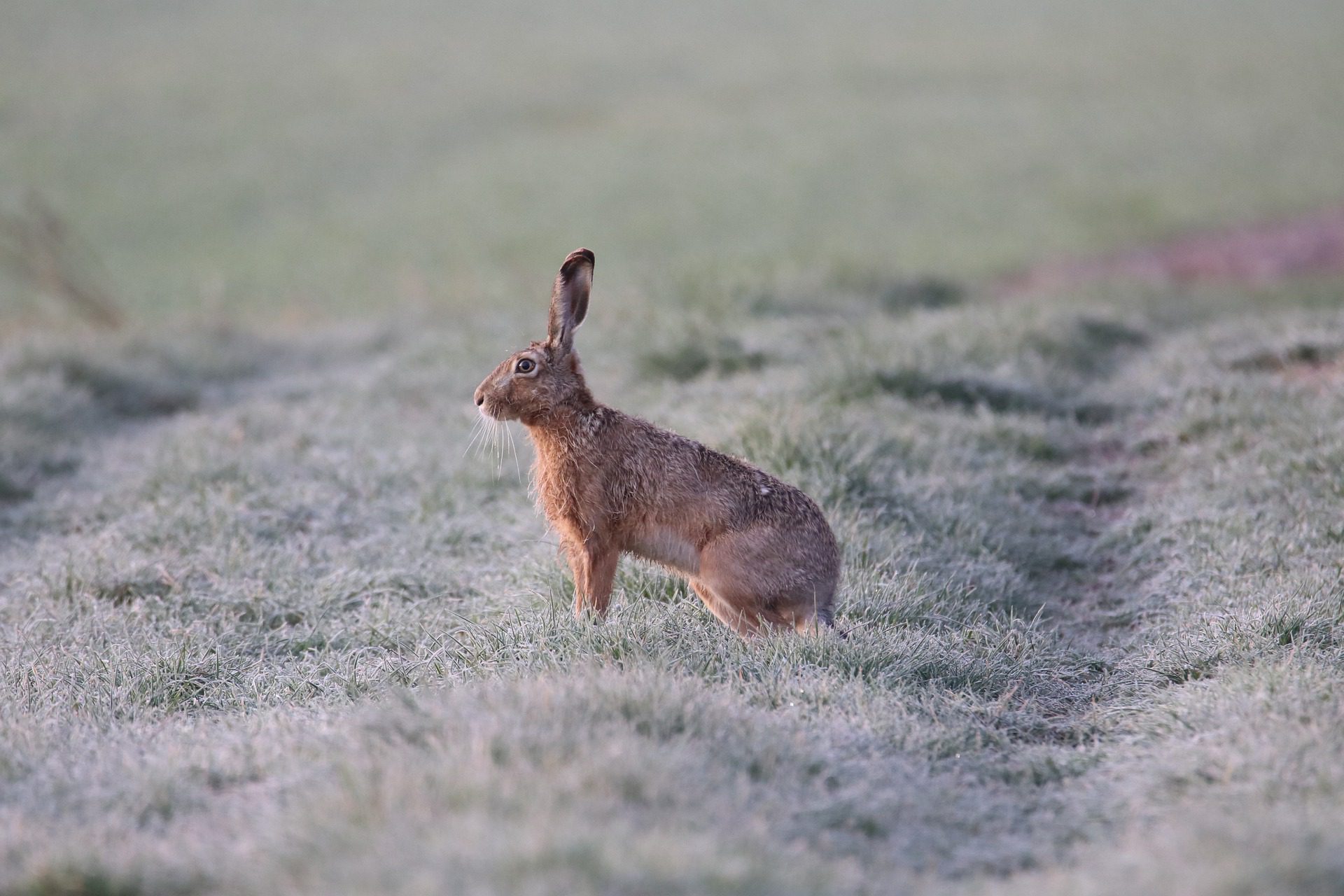
Hares do not hibernate, so can potentially be spotted in the countryside all year round. In winter their diet includes bark, which they gnaw from many varieties of tree. In February, brown hares can be seen in bare arable fields as they start looking for a mate.
How you can help
- Simply enjoy observing hares when you see them and keep a careful watch out for any crossing country roads
Hedgehogs
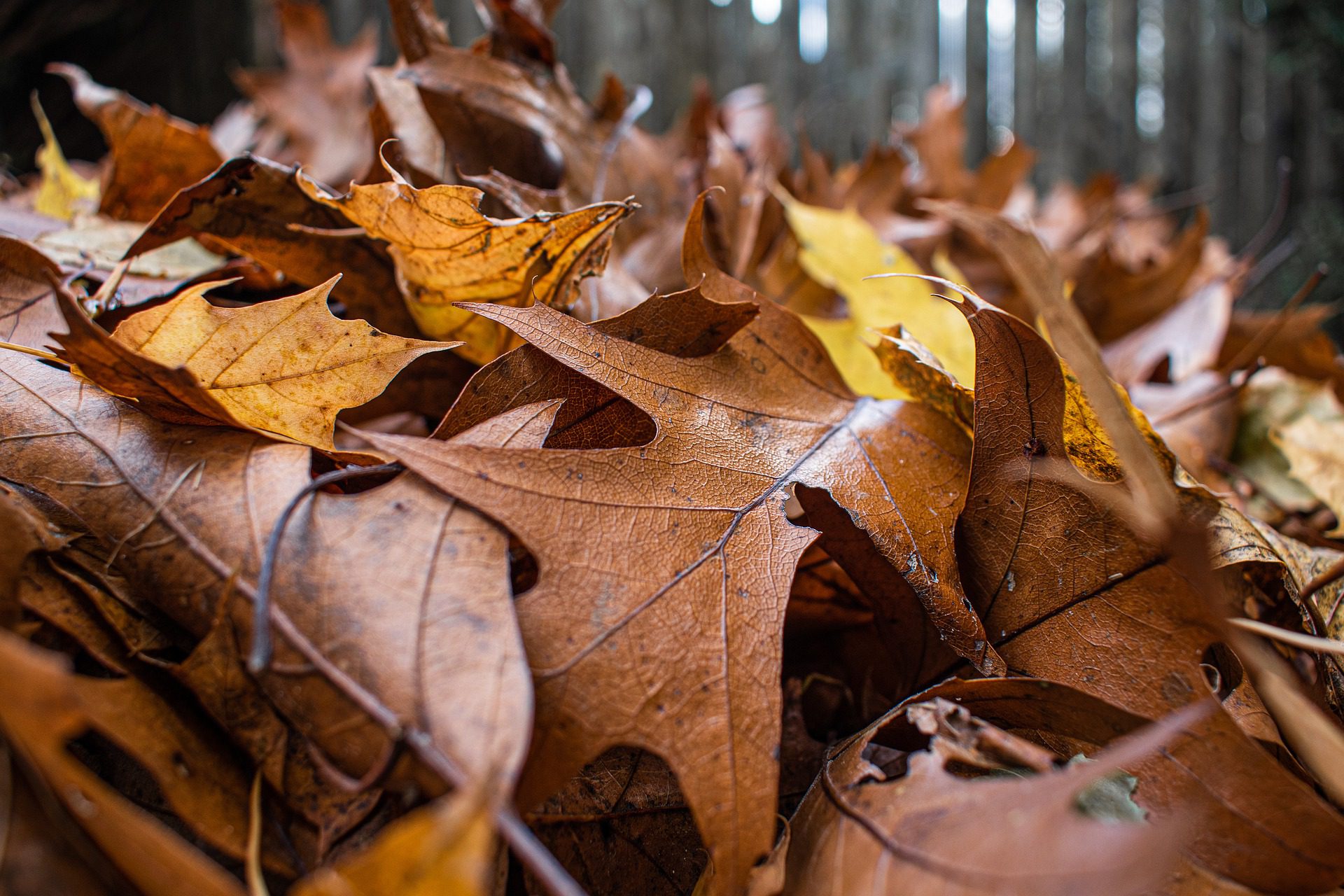
Hedgehogs will still be enjoying their winter hibernation in February. Don’t expect them to emerge until the end of March.
How you can help
- It can be tempting to get going in the garden but avoid the urge to tidy just yet. Ley piles of leaves and logs sit undisturbed, so hedgehogs and other creatures can enjoy their dormancy.
Read more: How to Help Hibernating Animals
Squirrels
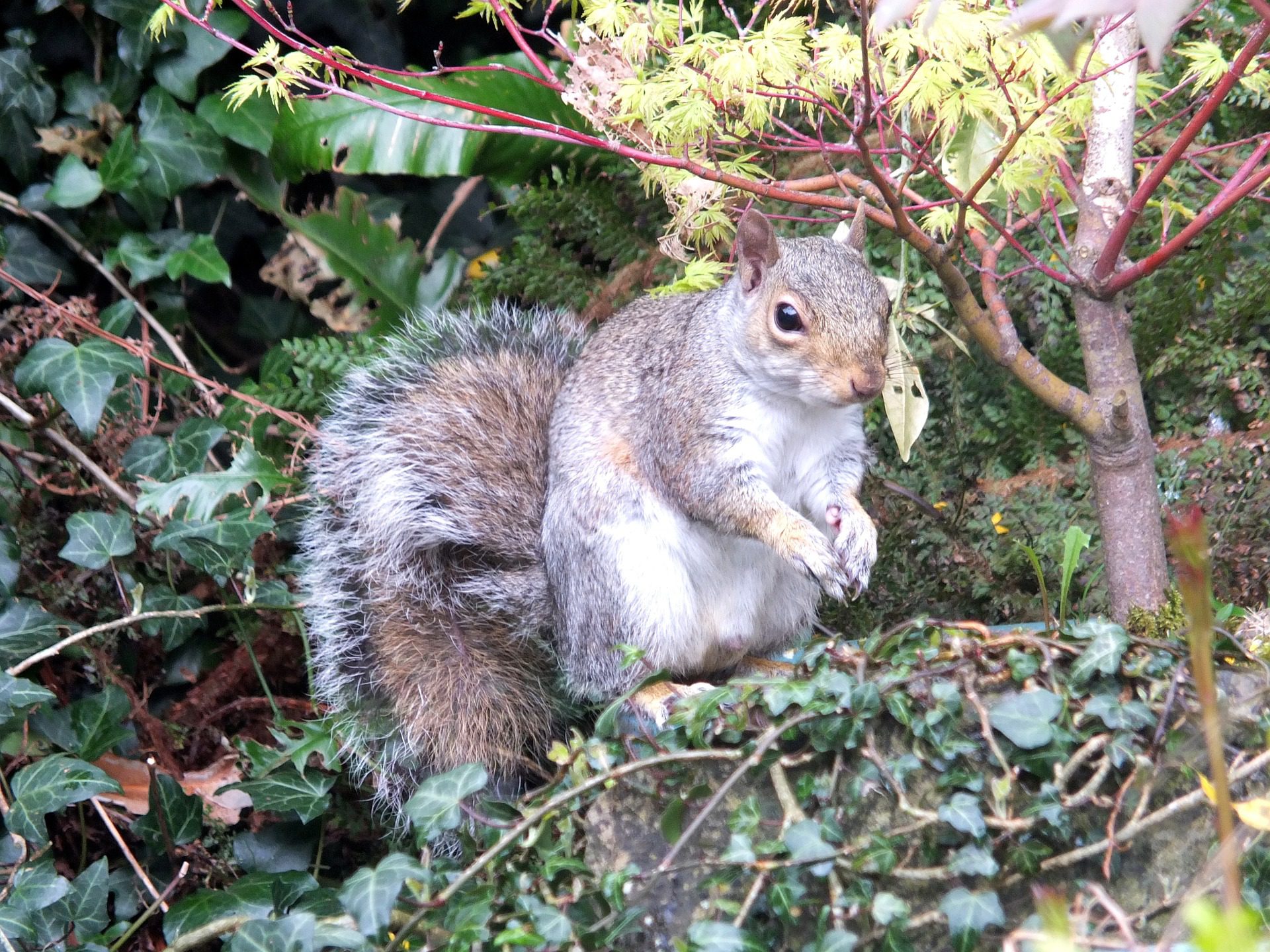
Spring is the breeding season for most animals, but squirrels may have their first litter of kits as early as February. Mother squirrels may appreciate additional food until their kits are weaned, which takes around 10 weeks.
How you can help
- It is not generally considered necessary to feed squirrels. Feeding them can create issues with over-population and reliance on human food sources
- If you do want to feed squirrels, particularly at this time of year as they start producing young, choose a dedicated squirrel feeder. Make sure you clean it regularly
February Wildlife Dates for Your Diary
National Nestbox Week | 14th-21st February
The decline of natural nesting sites for British birds is one reason populations are falling. National Nestbox Week, established by the British Trust for Ornithology, encourages every gardener to have a nestbox or two in their garden to make up for the shortage. They also conduct a shirt census to get a picture of current nestbox numbers and usage.
Was This Article Helpful?
Join the Hillier Gardening Club to get the latest gardening news and advice
Find Out More

